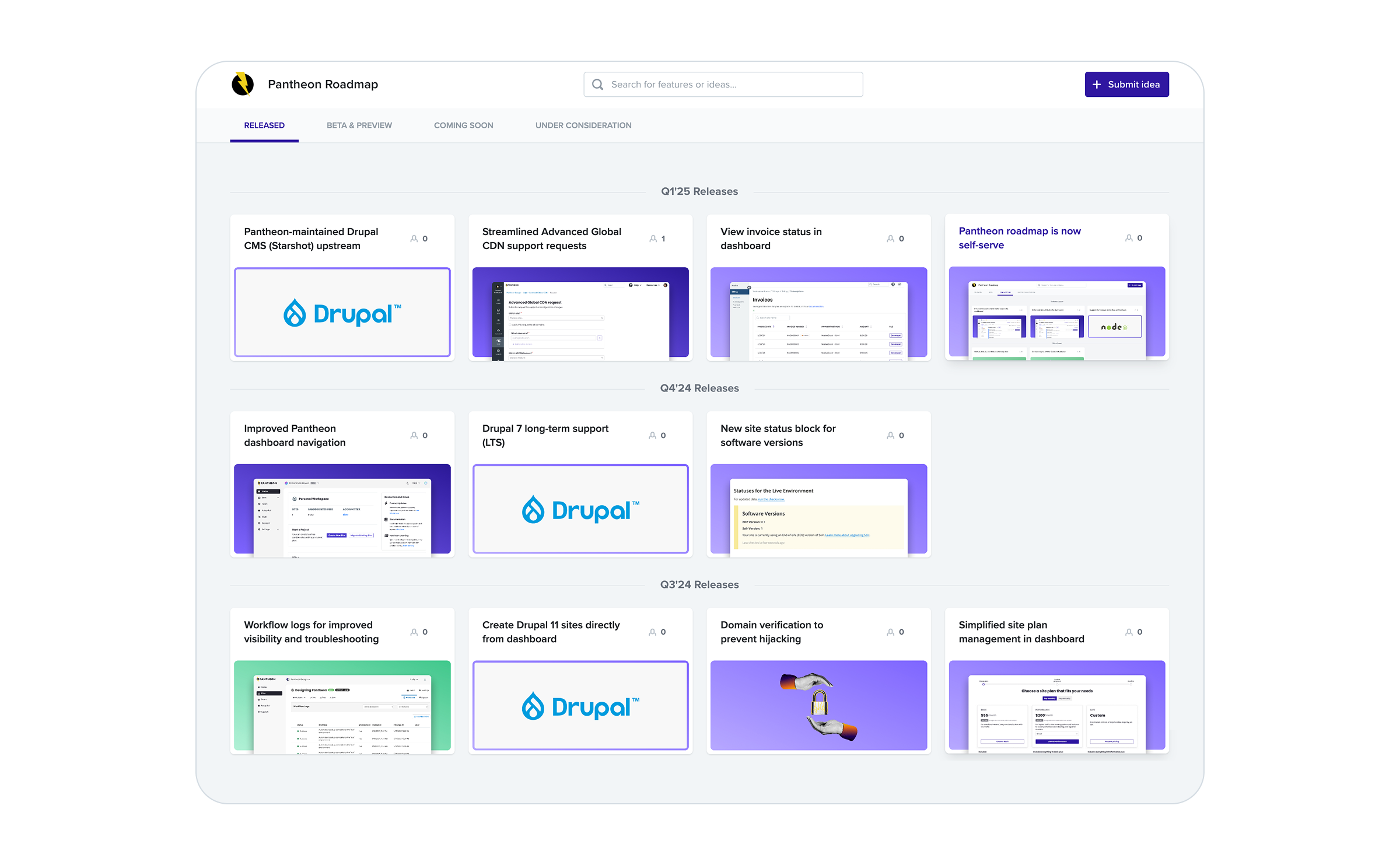5 Ways to Adopt an Agile Mindset While Working Remote
For website owners, no two days are alike. You spend much of your time sitting in back-to-back meetings—answering emails and Slack messages when you can—while trying to stay on top of your endless list of responsibilities. Somewhere in there, you build relationships with your team members, keep your organization’s strategic vision on track, and watch industry trends to keep your company competitive.
There’s now an additional challenge: juggling all those tasks while working remotely, possibly home-schooling your children, and sitting a few feet away from your significant other.
Adding Agility to Your Workplace (and Personal Life)
Incorporating an agile approach requires you to use those kinds of insights and observations to quickly find opportunities to experiment, test performance, evaluate results, and iterate. Whether you’re looking to improve your personal or professional project management skills, here are a few steps to put this strategy into action:
1. Set Smaller Goals
For years, I adhered to a lengthy, big campaign launch approach to project management. If a project succeeded, I felt rewarded and empowered; if it failed, my entire quarter was ruined. I now realize that setting smaller, more manageable goals makes overwhelming tasks much more feasible.
Through the experimentation program that I manage at Pantheon, my team looks at big-picture goals like improving our website’s conversion rate. We then break down those larger objectives into more tactical tasks, such as increasing the conversion rate for our demo landing page. We simplify that goal by setting additional milestones earlier in the project timeline to pause and measure our impact.
First, we might try adding an option to attend a live or recorded version of a demo webinar. Next, we’ll reduce the number of form fields on the page. The list of small iterations grows with each experiment, and we learn a lot along the way as we test our hypotheses.
The same principle applies to your personal life: set small “stepping stone” goals to get you to the eventual completion of any project.
2. Learn From the Past
The best way to inform your project management approach is to review what has—or hasn’t—worked in the past. At Pantheon, we bring colleagues from other teams into our weekly website experimentation meetings so we can all collaborate and pivot when needed. We’ve found this to be incredibly effective for making informed, quick decisions, and acting on them for better results.
As I’ve experienced the success of this approach at work, I’ve found ways to apply this mindset to my personal life as well. At home, my husband and I are part of a social club for young families that meets twice a year for a retrospective to review where we are and where we want to be in the future. By thinking through past occurrences, we can better optimize our group for the long haul and ensure everyone’s expectations and goals remain aligned.
3. Communicate Efficiently
Efficiency is at the heart of an agile approach. Communication is vital for this approach to work, but it doesn’t need to happen via a 2-hour team meeting or a 20-page marketing plan. Proper communication merely needs to be frequent and strategic.
Consider having a daily or weekly standup that gives team members time to report on projects and priorities. When they’re run effectively, these meetings can replace others and give you time back in the day for higher-value conversations.
Read more: Improving Team Communication in Digital Marketing
From a personal perspective, my husband and I have to communicate regularly about how we want to manage both the physical and emotional responsibilities of our home life. It’s a balance, and we both have to be fluid and flexible enough to protect each other from burnout.
4. Measure Everything
It’s hard to make strategic business decisions without data to back them up. Earlier this year, I was asked to update our website’s primary navigation system. Instead of taking the suggested outline I’d received and running with it, I pushed back. The navigation system was too important to change based on a few people’s instincts—I needed more data.
I ended up hiring an agency to facilitate UX research around our customer journey on the website. We spent a few weeks collecting, reviewing, and organizing the research—and we tackled quick wins along the way that were easy fixes on our website. The result? Not only do I have a treasure trove of insights to inform the plan for our new navigation system, but I can also apply those findings to update other sections of the website.
Similarly, reviews at home can also present opportunities for change. Perhaps your family would have preferred carryout from a local pizzeria and a movie night instead of the formal three-course meal you prepared that overtook TV time altogether. By gathering honest feedback from your family members, you’ll have a better understanding of what really matters to your household.
5. Let Go of Your End Result
There’s no magic wand that can turn your pumpkin into a Cinderella carriage. No matter how attached you are to the end goal, you have to be willing to embrace change along the way. Your new mantra? “Don’t let perfect be the enemy of done.”
The same goes for your home life. A low-key breakfast of bagels and cream cheese served to a happy, relaxed family is better than a Pinterest-perfect tablescape created more for the camera than hungry people past caring about the kind of artisan bread used for the French toast.
An agile mindset requires a consistent implement-measure-learn feedback loop. And in the age of COVID-19, it’s even more important to carve out some time to seek opportunities for improvement, collect data, and tweak your approach—both professionally and personally.
For more information on how to apply Agile to your digital marketing team—and other facets—download your free copy of our e-book, “The Ultimate Guide to Agile in Digital Marketing.”


